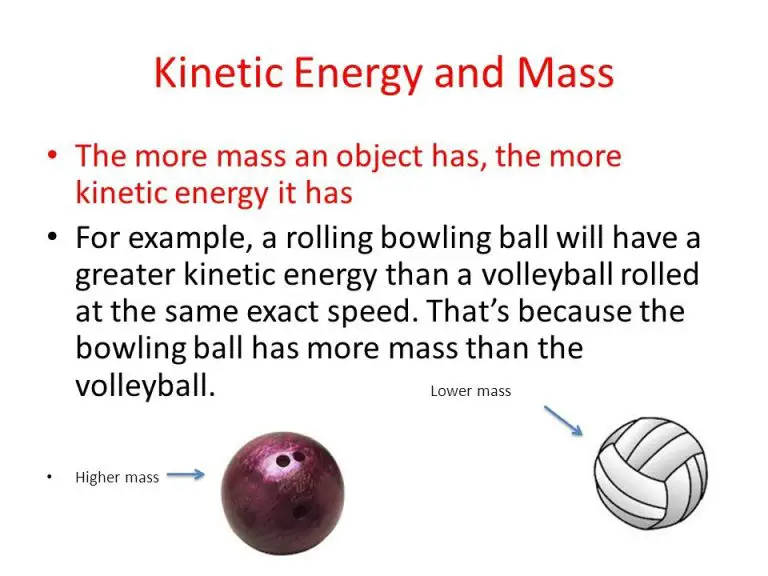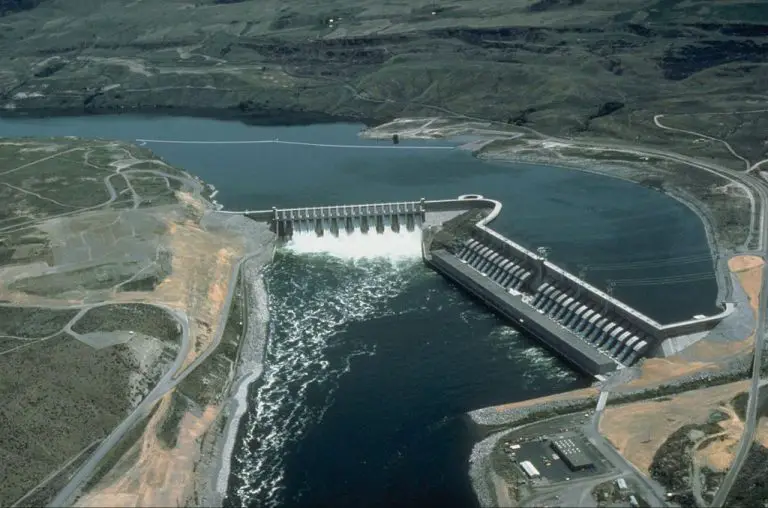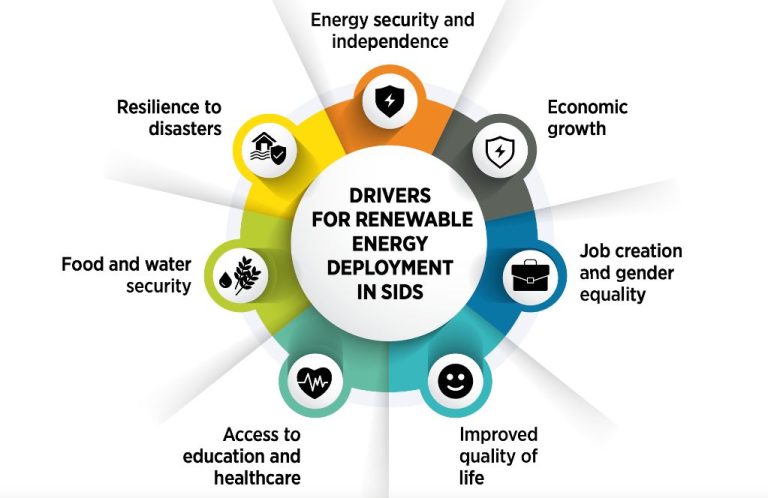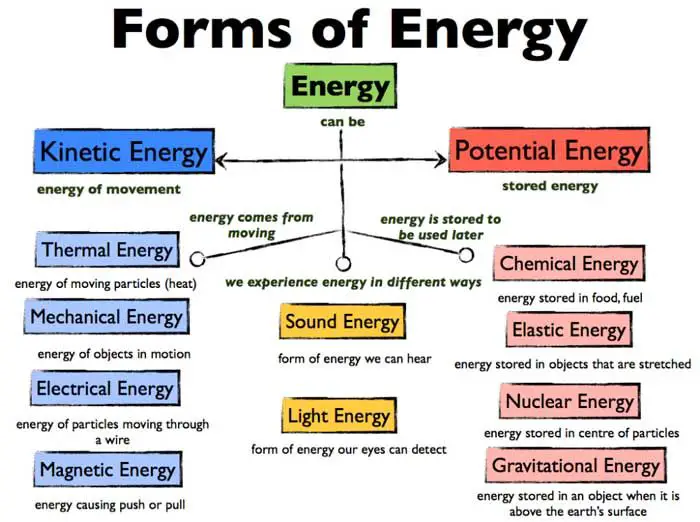How Many Types Of Generate Electricity?
Electricity plays a vital role in modern society by powering homes, businesses, transportation, and communication networks. There are several major methods for generating the electricity that runs the modern world.
The most common electricity generation technologies utilize non-renewable fossil fuels like coal, oil, and natural gas. However, renewable sources like hydropower, wind, solar, geothermal, and biomass are growing as alternatives. There are also emerging technologies that may become more prevalent in the future.
Each electricity generation method comes with its own mix of economic, environmental, and technical trade-offs. This article will provide an overview of the major types of power plants used to generate electricity around the world.
Fossil Fuels
Fossil fuels are formed from the remains of ancient plants and animals that lived millions of years ago. Over time, layers of sediment and rock buried the organic matter, exposing it to high heat and pressure. This process transformed the organic matter into fossil fuels like coal, oil, and natural gas that we use for energy today.
Coal is a black or brownish-black sedimentary rock that forms from buried organic debris like dead plants. It is composed mainly of carbon, with variable amounts of other elements like hydrogen, sulfur, oxygen, and nitrogen. The two major types of coal are bituminous and anthracite. Coal is primarily used for electricity generation and steel production.
Oil, also known as petroleum, is a liquid fossil fuel found trapped in porous rock formations underground. It is made up of hydrocarbons like alkanes, cycloalkanes, and aromatic hydrocarbons. Crude oil is processed and refined into various petroleum products like gasoline, diesel, heating oils, and petrochemical feedstocks. Oil is primarily used for transportation, heating, and electricity generation.
Natural gas is a gaseous fossil fuel composed mainly of methane. It can be found on its own or with crude oil deposits. Natural gas is cleaner burning than other fossil fuels and is used to generate electricity, heat buildings, and power industrial processes and vehicles.
Nuclear
Nuclear power plants use nuclear fission to generate electricity. Atoms of uranium fuel are split to release massive amounts of energy as heat. The heat is used to boil water into steam that spins large turbines to generate electricity. Uranium is a non-renewable resource mined from the ground that must undergo an enrichment process before it can be used as nuclear fuel.
Nuclear fission generates around 10% of the world’s electricity. The major advantage of nuclear power is the massive amount of reliable electricity it can generate from a small amount of fuel. However, nuclear power also carries risks like nuclear accidents and long-term storage of radioactive waste. Overall, nuclear is a mature technology that provides copious carbon-free electricity.
Hydropower
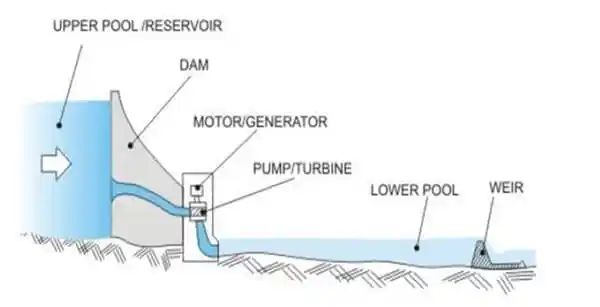
Hydropower harnesses the energy of flowing water to generate electricity. There are several types of hydropower plants that utilize different sources of flowing water:
Dams are the most common type of hydropower plant. Dams use turbines to convert the kinetic energy of falling water behind the dam into mechanical energy. The spinning turbine rotates a generator to produce electricity. Many dams include reservoirs to control water flow.
Tidal power captures the energy of rising and falling ocean tides to generate electricity. Tidal power stations typically use tide gates to trap water at high tide, which is then released to turn turbines as the tide goes out.
Wave power devices extract energy from the surface motion of ocean waves and convert it into electricity. Technologies include floating structures that rise and fall with waves and underwater turbines spun by wave motion.
Hydropower is a renewable source of energy and produces essentially no emissions. However, large dam projects can impact local ecosystems and communities. Overall, hydropower provides a major source of renewable electricity around the world.
Wind
Wind power utilizes the natural energy of the wind to generate electricity. Wind turbines are used to convert the kinetic energy in wind to mechanical power, which is then converted to electricity. There are two main types of wind farms:
Onshore wind farms are located on land and consist of large wind turbines spread out over a wide area. The wind turbines can be over 300 feet tall. Onshore wind is one of the most developed and cost-effective renewable energy technologies available today. There are now wind farms in operation around the world.
Offshore wind farms are located in bodies of water, usually oceans or large lakes. Offshore wind turbines are larger than onshore turbines and can capture stronger and more consistent winds. However, constructing wind farms offshore is more complicated and expensive. There are currently just a handful of major offshore wind farms in the world, but many more are planned.
The advantages of wind power include its renewability, abundance, and low operating costs. However, wind power production can vary based on wind availability and is less controllable than some other electricity sources. Overall, wind energy continues to expand its contribution to electricity grids globally.
Solar
Solar power harnesses energy from the sun to generate electricity. There are two main types of solar power technologies:
Photovoltaic (PV)
Photovoltaic panels, also known as solar panels, absorb sunlight and convert it directly into electricity through the photovoltaic effect. PV panels are made up of solar cells, usually silicon-based, that are wired together. The more light that hits the panels, the more electricity is produced. PV systems range from small rooftop panels on homes and businesses to large utility-scale solar farms.
Concentrated Solar Power (CSP)
Concentrated solar power systems use mirrors or lenses to focus sunlight onto a receiver filled with a fluid that is heated up. The heat is used to generate steam to drive a turbine and generate electricity. CSP allows for thermal energy storage, so electricity can be produced when the sun isn’t shining. CSP plants are often built at utility-scale in sunny, dry locations.
Solar power represents a clean, renewable source of energy that produces no emissions. The costs of solar technologies have dropped dramatically in recent years, making it an increasingly affordable electricity source. With solar installations expanding rapidly, solar is expected to play a major role in the global shift to renewable energy.
Geothermal
Geothermal power plants use the natural heat inside the earth to generate electricity in the following ways:
Steam: Hot water deep below the earth’s surface can be accessed by drilling wells and allowing the steam to turn turbines that activate generators. This is the most common form of geothermal power generation.
Hot water: Water ranging from 250-700 degrees Fahrenheit can be brought up from wells and used in a binary system where it heats a separate liquid with a much lower boiling point, causing it to vaporize and turn the turbines.
Heat pumps: A ground-source heat pump takes advantage of shallow ground that remains at a relatively constant temperature to provide heating and cooling for buildings. Pipes filled with water or anti-freeze solution circulate through the ground, absorbing heat in winter and dissipating heat in summer.
Biomass
Biomass is organic material that comes from plants and animals, and it is a renewable source of energy. There are a few main ways that biomass can be used to generate electricity:
Biofuels
Biofuels are fuels made from biomass materials that can be used to generate electricity. Some examples of biofuels are ethanol, biodiesel and biogas. Ethanol is made from fermenting crops high in sugar like corn and sugarcane. Biodiesel is produced from oils like soybean oil and animal fats. These liquid biofuels can be burned directly or used in vehicles and generators to produce electricity.
Biogas
Biogas is produced from the breakdown of organic wastes and manure in an oxygen free environment. This process is called anaerobic digestion and it results in a gas composed mainly of methane and carbon dioxide. Biogas can be collected and burned just like natural gas to generate electricity.
Waste-to-Energy
Waste materials like municipal solid waste, landfill gas, and sewage can be directly incinerated to produce steam which can then generate electricity. The gases released from landfills and sewage treatment plants contain methane which can also be collected and used for electricity production just like biogas.
Emerging Technologies
In addition to the more established renewable energy sources, there are some emerging technologies that show promise for electricity generation in the future:
Tidal Power
Tidal power utilizes the natural ebb and flow of ocean tides to generate electricity through tidal turbines. Tidal power stations are typically built near estuaries or along coastlines that experience large tidal ranges. The movement of water turns underwater tidal turbines, which then generate electricity.
Wave Power
Wave power harnesses energy from the motion of ocean surface waves to generate electricity. Wave energy converters capture the mechanical energy of waves and convert it into electricity. Different technologies like oscillating water columns, point absorbers, and overtopping devices are used for this purpose.
Hydrogen Fuel Cells
Hydrogen fuel cells produce electricity through an electrochemical reaction by combining hydrogen and oxygen. The only byproduct is water, making it a clean energy source. Fuel cells can provide electricity in remote areas independent of the power grid. However, hydrogen production and infrastructure remains expensive currently.
Conclusion
There are many different technologies that allow us to generate electricity in the modern world. Fossil fuels like coal and natural gas have been the dominant sources, but their impact on the environment has led to growth in cleaner technologies. Nuclear and hydropower have been important sources for decades, while other renewables like wind and solar have started to rapidly expand more recently. Geothermal and biomass offer additional ways to harness natural energy sources for power generation.
As we look to the future, the share of global electricity from renewables is likely to continue growing as costs come down and storage solutions improve. More emerging technologies like wave and tidal energy may start to play a bigger role as well. However, it is not likely that any one source can meet all our energy needs. Having a diverse mix that takes advantage of each technology’s strengths will be essential. The goal should be finding the right balance to provide reliable, affordable and sustainable electricity generation.

